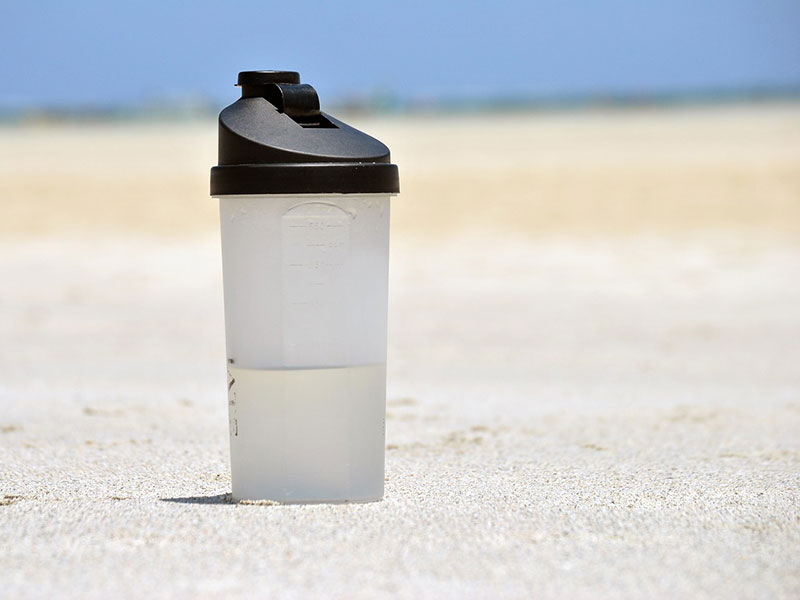Well obviously we all do. Although humans can typically go without food for about three weeks we would only last three to four days without water which is why during our world travels it is vitally important to address the issue of drinking water. There are three basic things to consider here and they are the quantity of water required, the weight of this water and how clean is it. The easiest one of these to answer would be the weight as the density of water is 1 kilogram per litre (kg/L) at 39.2° so each litre of water we have to lug around is going to be an extra 1kg to carry.
However uninteresting that fact may be, the need to keep hydrated is extremely important. The question of how much water do I need to take on a hike however is a bit of a moving target and will depend on the temperature and intensity of any activity. A good rule of thumb would be 1 litre of water every two hours but this would mean a 4 hour long hike would require each of us to carry an additional 2kg of water each. An entire day out from dawn to dusk could see that figure rise significantly.
The easiest way to combat the weight issue is to carry a re-useable water bottle and refill it regularly during the day or buy bottled water as and when required, but these two options have obvious downsides. Bottled water purchases could become costly and there is no guarantee a suitable purveyor of such goods could be found, whilst refilling a water bottle introduces the rather scary concept of locating a clean and healthy water source that is not infested with bacteria and viruses likely to cause a crippling or even fatal outcome (Doh, scared myself again there).
If you’re going to be refilling a water bottle from a questionable water source you’re going to have to clean it first before you drink it. The best way to do this is to boil it, we all know that, but having the facilities to boil water when you’re out on a days walk is only likely to be in the arsenal of campers, serious thru-hikers or survivalist, all of which we are not. This leaves us with options of either filtering the water or treating it with suitable chemicals.
After the usual mammoth product research and analysis process we go through for virtually everything we buy, we decided on a suitable water filtration method; however we have not ruled out adding water purification tablets/fluids if we felt the need arose. Now we could at this stage list all the available treatment/filtration options together with a never-ending list of diseases and medical conditions you really don’t want to even think about – but we will not (phew). All this information is available on the InterWeb if you really want to know the ins and outs, but I don’t recommend it as bedtime reading.
All I am going to do now is inform you of our decision and then let you read all about these seemingly amazing devices directly from the manufacturers website. I know, I know, I work in PR and Marketing so take most manufacturers claims with a pinch of salt but go check additional reading material if you’re not convinced….and the winner is Water-To-Go – we will always try to source safe bottled water first and perhaps treatment tablets/fluids if needed but carrying a couple of WTG bottles with us is probably a good idea and may even save us from the odd lurgy or vomit ridden trip – sleep well and don’t have nightmares!

Leave a Reply